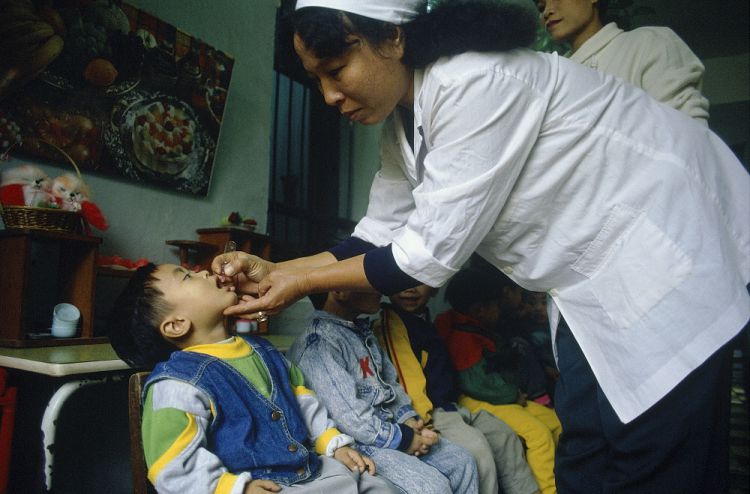By: Neena Bhandari
Send to a friend
The details you provide on this page will not be used to send unsolicited email, and will not be sold to a 3rd party. See privacy policy.
[SYDNEY] With polio now occurring in just two countries — Afghanistan and Pakistan — investments in medical aid and healthcare are now deemed urgent for polio survivors as they battle the onset of the post-polio syndrome (PPS) decades after first contracting the disease.
The first Australasia-Pacific Post-Polio Conference held in Sydney (20-22 September) discussed the treatment options focusing on neurological and biomechanical decline due to PPS in ageing polio survivors as well as the challenges of preventing and treating severe deformities in young polio survivors mostly in developing countries who will need help for years to come.
“Polio survivors still need support to maintain health and independence.”
Mary-ann Liethof,Polio Australia
PPS is a condition with new muscle weakness or general tiredness in persons with a confirmed history of acute paralytic polio, usually occurring several decades after the acute illness, reinforcing the need for a multi-disciplinary approach and more evidence-based research on alternative and complementary therapies.
“Polio survivors still need support to maintain health and independence,” Polio Australia’s national programme manager, Mary-ann Liethof, tells SciDev.Net.
A 2001 report by The March of Dimes, a non-profit agency founded by US President Franklin Roosevelt, a polio survivor, noted that up to 20 million polio survivors around the world face the threat of new disabilities 15 to 40 years after their original illness, which could leave them using wheelchairs or ventilators for the rest of their lives.
“Basic rehabilitation is very limited especially in developing countries. There is an urgent need for assessing polio survivors to maximise their functionality and prevent deformities from developing through adaptable technologies, bracing, physical therapy and addressing accessibility issues,” says Carol Vandenakker Albanese, physical medicine and rehabilitation professor at the University of California Davis Medical Center in the United States.
Rotary’s End Polio Now zone coordinator for Australia and New Zealand, Bob Aitken, tells SciDev.Net, “We have been conducting a network of workshops for educating young health professionals in long-term treatment of polio survivors. We hope this model can be replicated in developing countries.”
Adds Joan Headley, director of Post-Polio Health International based in St. Louis, Missouri, “The core knowledge about PPS within the medical profession in Australia can be very useful in educating and training people in Asia and South Pacific.”
A study in an Italian cohort of over 100 PPS patients and their family members, together with a number of polio survivors with “stable polio”, found that nearly three-quarters of PPS patients appear to harbour “poliovirus remnants” while survivors with stable polio rarely harbour poliovirus.
“The results suggest that chemical antiviral therapy, possibly in addition to immunotherapy, could be of help in clearing the virus from the body and in stopping chronic inflammation and further death of motor neurons and muscle cells,” Toniolo adds.
This piece was produced by SciDev.Net’s South-East Asia & Pacific desk.














